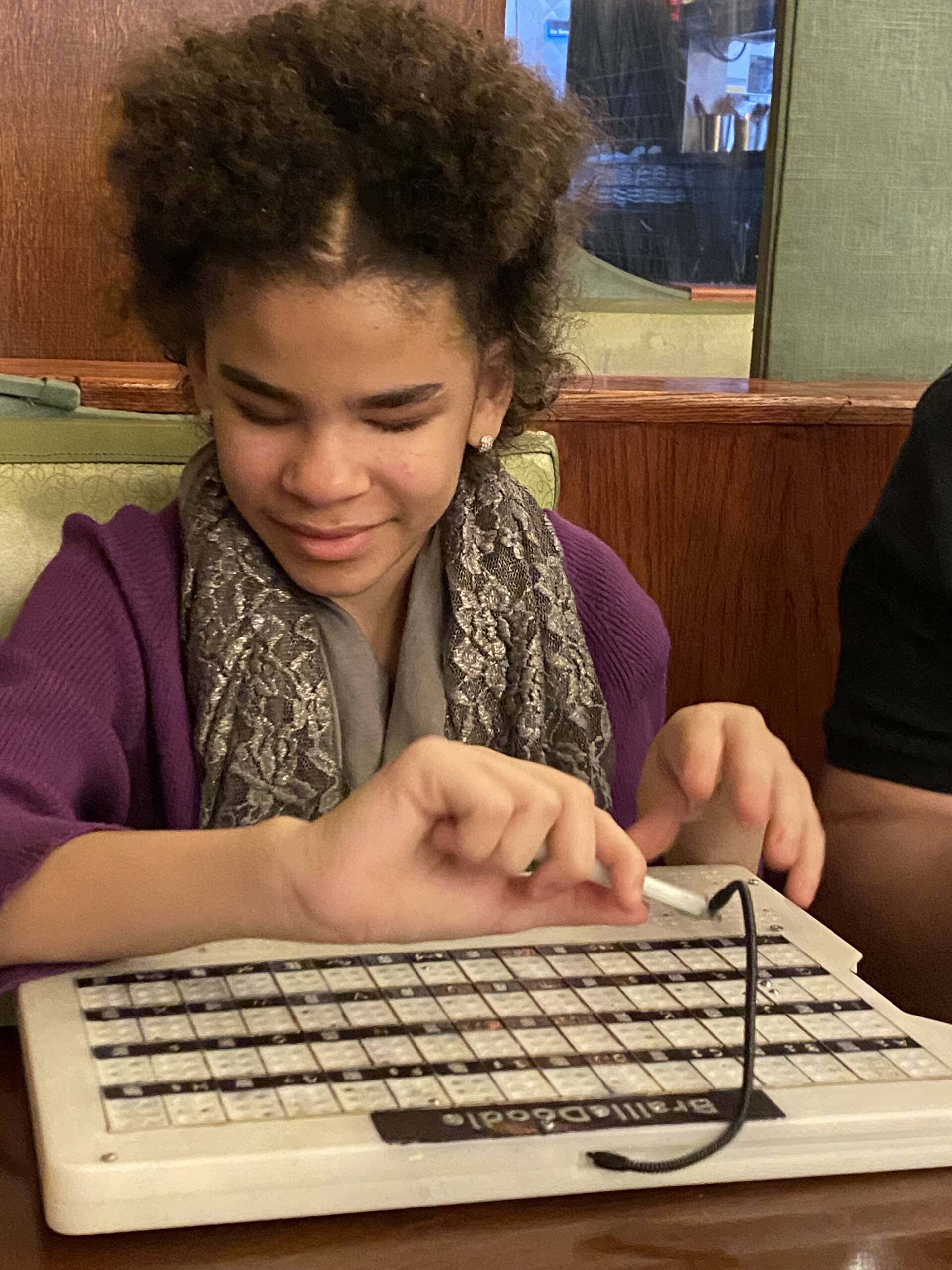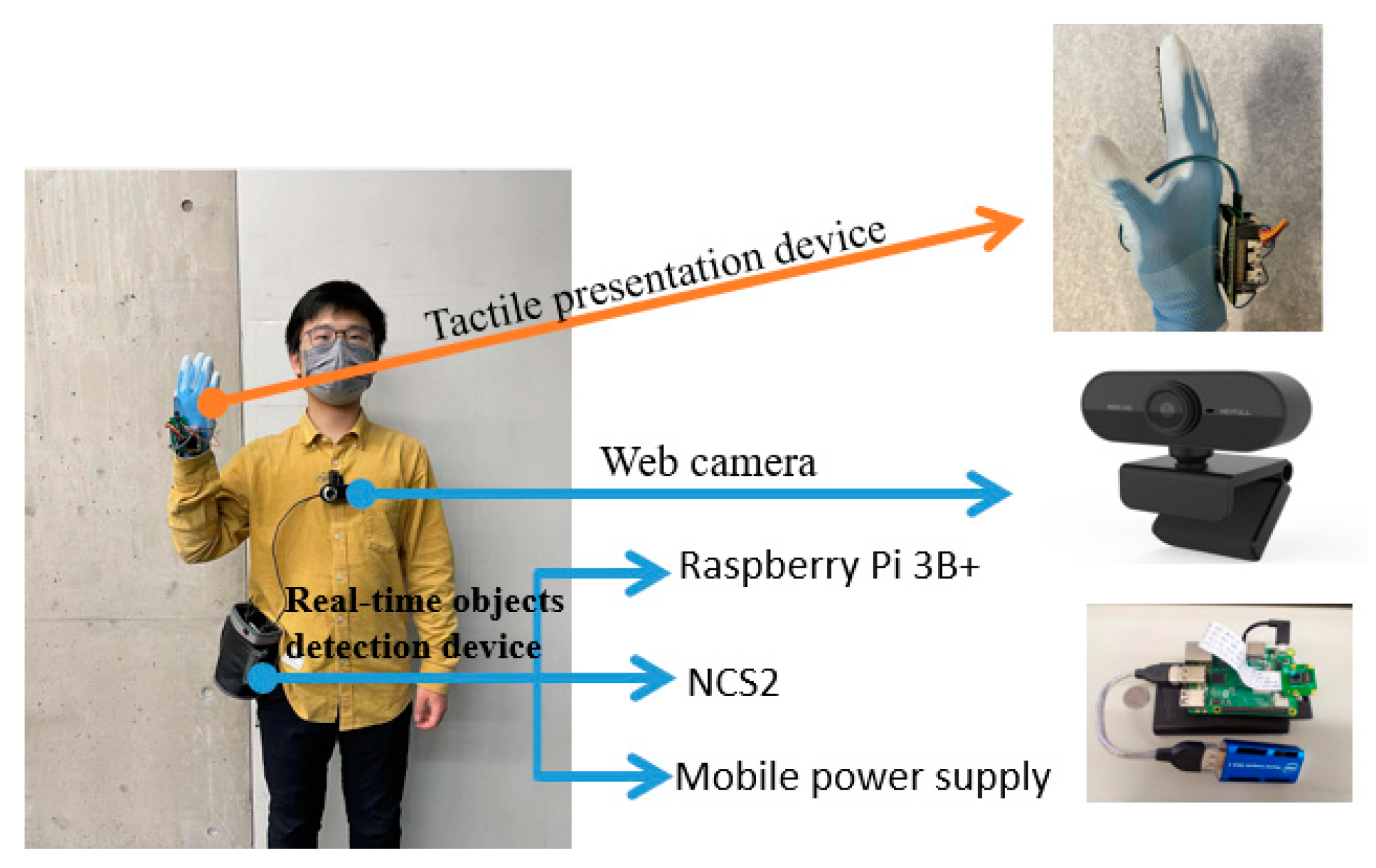Mobility Aids for Visually Impaired Users: Navigating the World with Confidence
Wiki Article
Enhancing Lives With Advanced Assistive Tools for the Blind
The assimilation of sophisticated assistive gadgets for the blind is transforming how individuals experience their environments and communicate with their communities. What does this development indicate for the future of assistive modern technology and its role in empowering individuals?Introduction of Assistive Instruments
Assistive tools for the blind incorporate a varied series of devices and modern technologies made to improve independence and enhance the top quality of life for individuals with visual problems. These devices deal with different needs, from navigation and wheelchair to interaction and everyday task monitoring.Among the main groups of assistive gadgets consists of movement help, such as white walking sticks and overview pet dogs, which assist users navigate their environments securely. Electronic traveling help, furnished with sensing units and audio responses, likewise play a significant role in movement improvement.
Additionally, gadgets that help with everyday living tasks, such as flexible kitchen devices, Braille labels, and speaking watches, empower people to carry out jobs individually. Communication aids, consisting of screen visitors and Braille display screens, assist in accessibility to information and allow people to involve efficiently with the digital world.
In addition, low-tech services like multiplying glasses and large-print materials stay crucial for several users. Jointly, these assistive devices serve not just as functional tools yet also as important enablers of autonomy, fostering greater involvement in a globe that often focuses on sighted experiences. Their integration right into day-to-day life is crucial for promoting inclusivity and boosting overall health for those with visual disabilities.
Innovative Technologies in Use
Development in innovation has substantially changed the landscape of devices readily available for people with visual impairments. Among one of the most notable advancements are smart glasses incorporated with increased fact, which provide real-time navigation aid and object acknowledgment. These gadgets utilize progressed cams and artificial intelligence to provide auditory cues, improving the user's spatial understanding and autonomy.Additionally, mobile applications have actually emerged as effective resources, enabling customers to determine currency, checked out text aloud, and navigate unknown environments with spoken instructions. Tools such as Braille display screens and refreshable Braille devices proceed to advance, using seamless connection with computers and smartphones, therefore enhancing communication and accessibility to details.
Wearable innovation, including smartwatches outfitted with voice-activated features, additionally encourages customers by assisting in fast access to notifications and signals without needing visual engagement. Tactile maps and 3D printing are likewise acquiring traction, using concrete depictions of areas that help in positioning and wheelchair training.
Collectively, these innovative innovations not just improve the day-to-day lives of visually damaged individuals yet also foster better self-reliance, inclusivity, and interaction with the wider area, thereby reshaping understandings of access. (Mobility aids for visually impaired users)
Personal Stories of Empowerment
Empowerment usually arises from personal experiences that highlight the transformative impact of technology on individuals with aesthetic impairments. Take, for instance, the story of Sarah, a young artist who reclaimed her interest for painting via the usage of a clever cane geared up with obstacle discovery. This tool not just facilitated her wheelchair however instilled a newfound confidence, allowing her to browse public areas individually and seek her imaginative undertakings.
These narratives emphasize the extensive results that progressed assistive gadgets can carry everyday life. By allowing people to get over barriers, modern technology cultivates a sense of autonomy and self-regard. Such empowerment tales offer as a testimony to the possibility of advancement, illustrating exactly how the right devices can considerably boost lifestyle and open doors to brand-new opportunities for those with visual problems.
Advantages of Advanced Solutions
Exactly how can advanced solutions fundamentally enhance the lives of individuals with visual disabilities? The integration of advanced technology right into assistive devices significantly changes everyday experiences for those influenced by vision loss. These advanced options offer extraordinary autonomy, making it possible for users to navigate their atmospheres with confidence. Instruments such as clever walking sticks equipped with sensing units, navigating apps, and wearable innovation are designed to supply real-time comments, enhancing spatial understanding and decreasing the threats connected with mobility.
Additionally, progressed assistive technologies promote social inclusion by assisting in interaction and interaction. Voice-activated tools and applications enable people to access details and engage with their surroundings individually, breaking barriers that formerly prevented their involvement in educational, professional, and social settings.
Furthermore, the customization and versatility of these services deal with the varied demands of customers, thus improving their total quality of life. Boosted capability, such as things recognition and text-to-speech abilities, encourages individuals with aesthetic impairments to perform tasks that they might have once found challenging. Inevitably, progressed assistive modern technologies not just improve self-reliance and security however also promote dignity and self-regard, permitting individuals to lead meeting lives.
Future Trends in Assistive Technology
As technology remains to evolve, the landscape of assistive devices for the blind is positioned for amazing advancements that will further improve access and freedom. Arising fads in assistive modern technology suggest a change toward raised assimilation of expert system (AI) and equipment understanding, enabling tools to adjust to dig this individual user needs in real-time. These developments are anticipated to help with even more user-friendly navigating systems that can identify barriers and offer audio comments, dramatically improving exterior flexibility.Furthermore, the development of wearable tech, such as clever glasses furnished with enhanced truth, will certainly enable individuals to receive contextual information about their environments, thus enhancing their spatial awareness. Improvements in haptic technology assurance to produce tactile responses gadgets, enabling individuals to perceive information via touch, boosting learning and communication with their environment.
Telecommunication advancements are likewise leading the way for remote assistance remedies, where trained experts can give support via video clip phone calls, making sure assistance is conveniently available. As these fads unfold, the future of assistive devices for the blind will definitely foster better freedom, empowering people to navigate their world with self-confidence and ease.

Conclusion
The integration of sophisticated assistive tools for the blind stands for a considerable improvement in promoting independence and visit their website boosting lifestyle. By using innovative modern technologies, these gadgets equip customers to navigate their settings with greater confidence and freedom. As the field continues to develop, continuous r & d will likely generate also a lot more sophisticated options, even more changing the lived experiences of people with visual problems and promoting a higher sense of incorporation within society.
The assimilation of innovative assistive devices buy glasses for the blind is transforming just how people experience their environments and interact with their communities. The integration of sophisticated technology right into assistive tools dramatically changes daily experiences for those influenced by vision loss.As modern technology continues to progress, the landscape of assistive devices for the blind is positioned for impressive improvements that will additionally enhance ease of access and self-reliance. Emerging trends in assistive modern technology indicate a change toward boosted assimilation of artificial knowledge (AI) and maker knowing, making it possible for devices to adapt to individual customer needs in real-time.The combination of innovative assistive tools for the blind stands for a substantial development in fostering independence and boosting high quality of life.
Report this wiki page